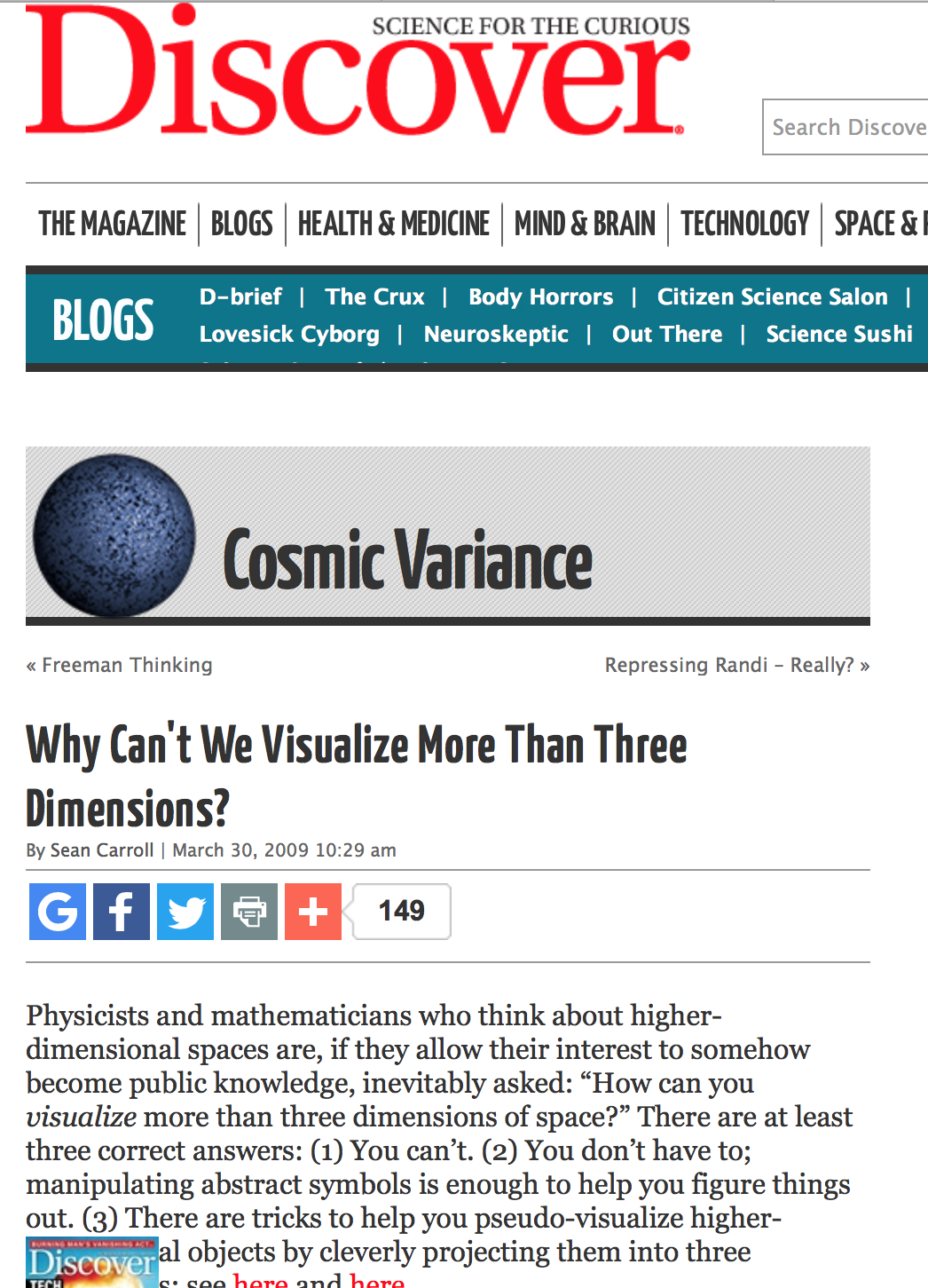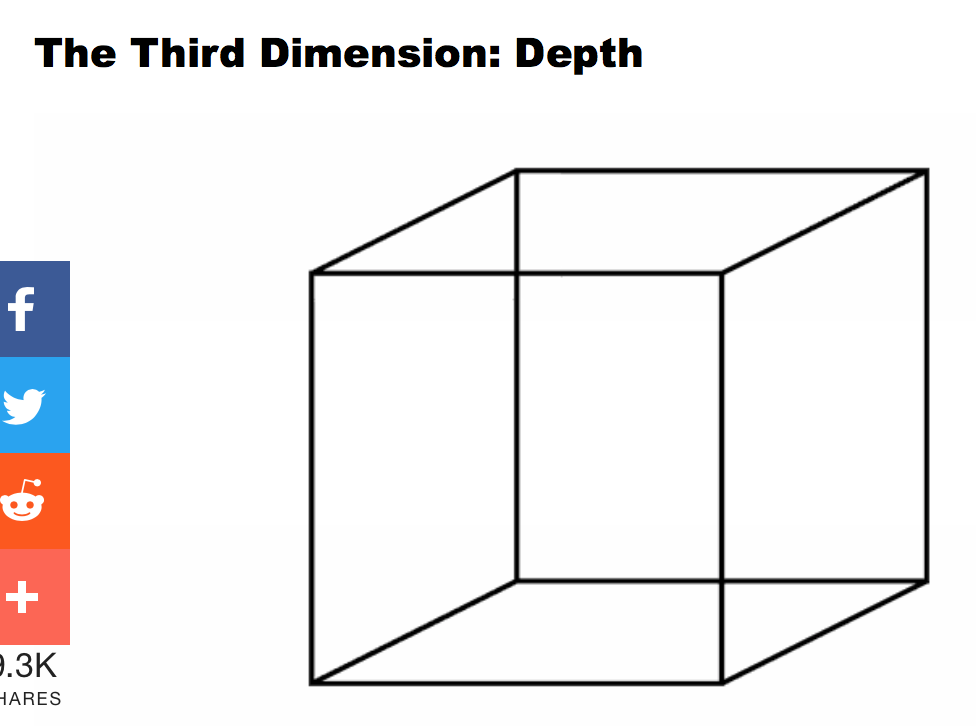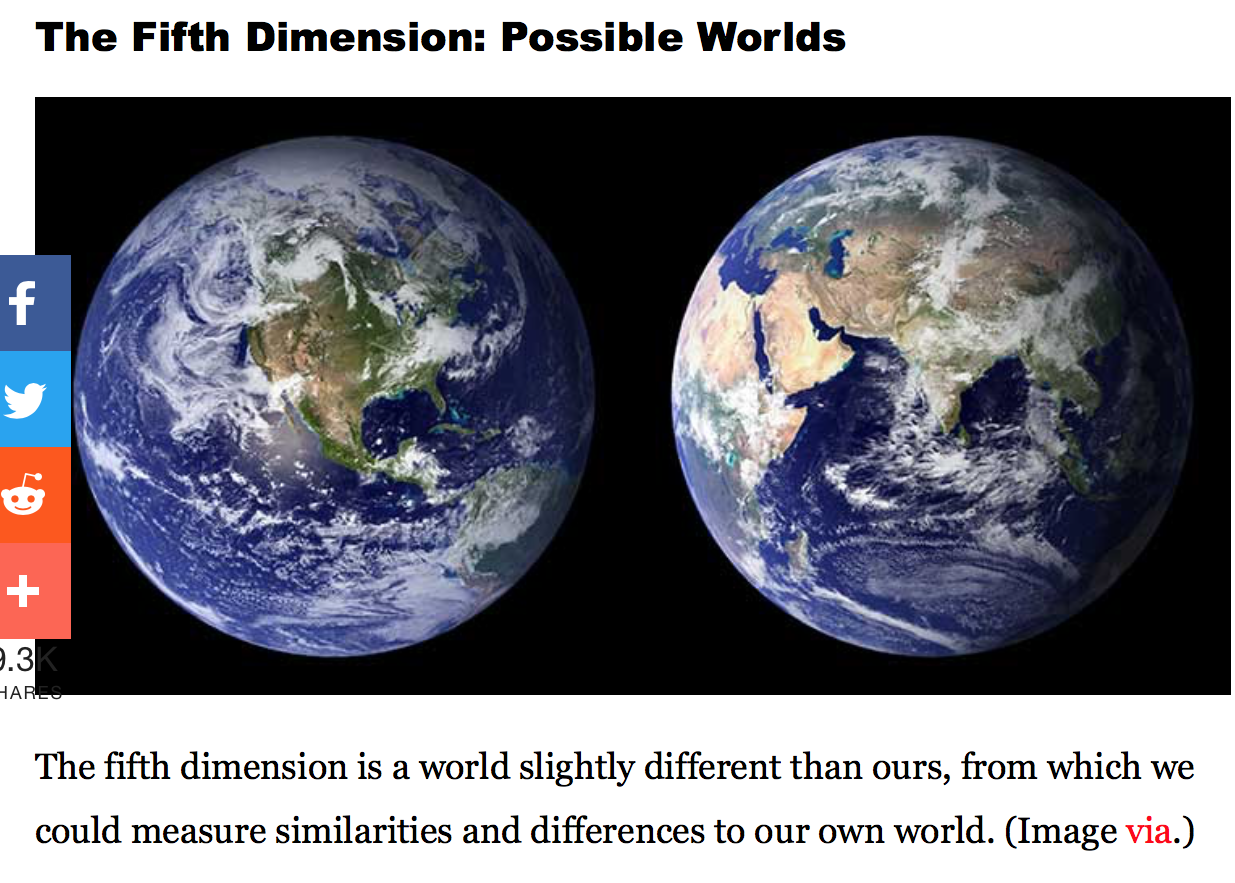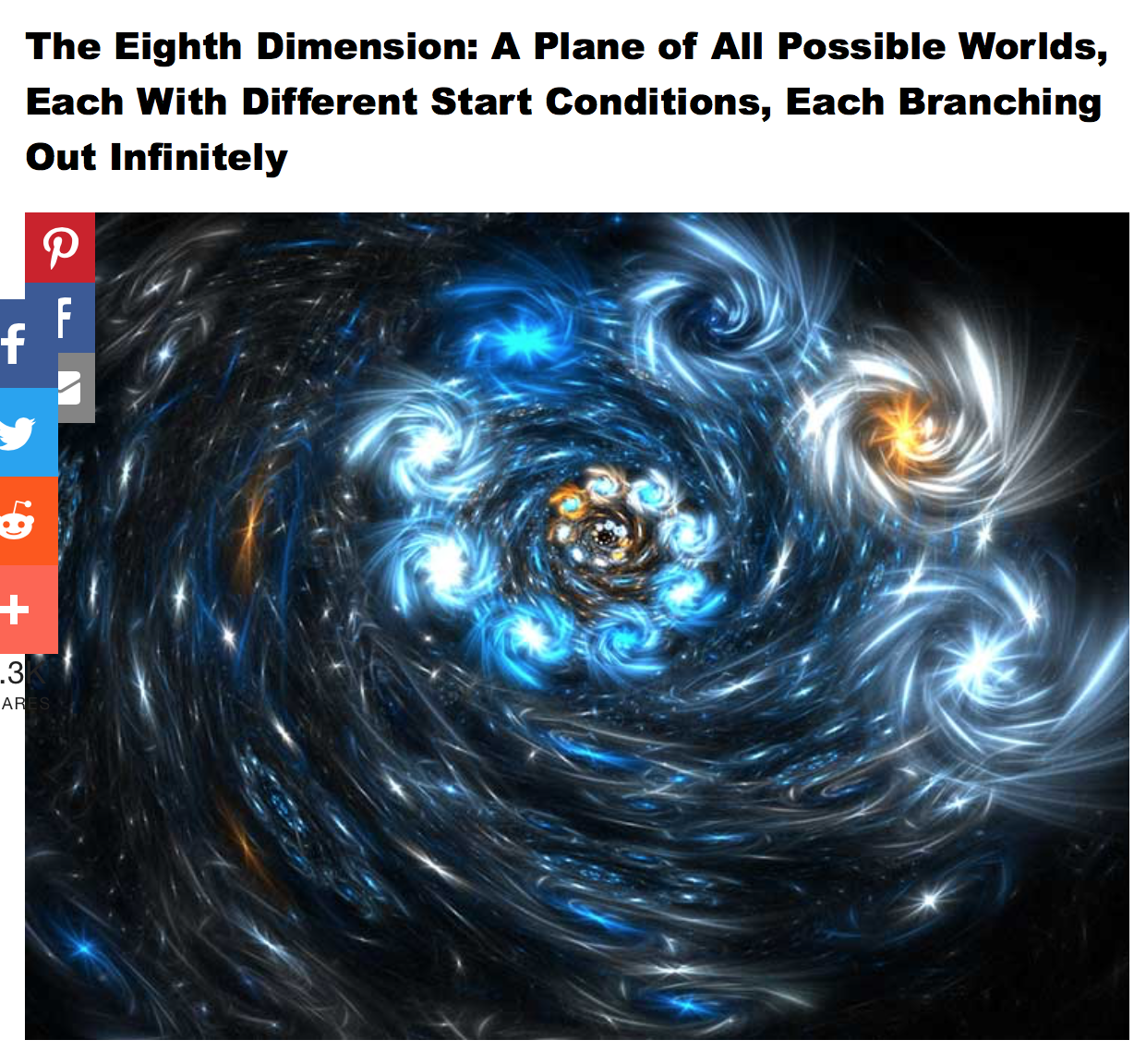Visualisation of high-dimensional particle physics data
Di Cook, Ursula Laa
Monash University
bit.ly/ISCB-Cook
Aug 28, 2018
High-dimensions
You can't see beyond 3D

High-dimensions
You can't see beyond 3D
A universe of 10 dimensions
High-dimensions
You can't see beyond 3D
A universe of 10 dimensions
High-dimensions
You can't see beyond 3D
A universe of 10 dimensions
High-dimensions
You can't see beyond 3D
A universe of 10 dimensions
High-dimensions
You can't see beyond 3D
A universe of 10 dimensions
High-dimensions
You can't see beyond 3D
A universe of 10 dimensions
High-dimensions
You can't see beyond 3D
A universe of 10 dimensions
High-dimensions
You can't see beyond 3D
A universe of 10 dimensions
High-dimensions
You can't see beyond 3D
A universe of 10 dimensions
Its more like...
Flatland: A Romance of Many Dimensions (1884) Edwin Abbott Abbott

The story describes a two-dimensional world occupied by geometric figures, where women are simple line-segments, and men are polygons with various numbers of sides.
How we see high-dimensions in statistics..

Increasing dimension adds an additional orthogonal axis.
If you want more high-dimensional shapes there is an R package, geozoo, which will generate cubes, spheres, simplices, mobius strips, torii, boy surface, enneper surface, dini surface, klein bottles, cones, various polytopes, ...
High-dimensions
You can't see beyond 3D
A universe of 10 dimensions
Its more like...
And in statistics it is everywhere
- Principal component analysis
- Multidimensional scaling
- Projection pursuit
- Regression
- Linear discriminant analysis
- Multivariate distributions
- Posterior distributions
Can you tell the difference between these 5D objects?
Can you tell the difference between these 5D objects?
Yep? You can see beyond 3D!
Can you tell the difference between these 10D objects?
Can you tell the difference between these 10D objects?
Yep? You really can see beyond 3D!
Can you tell the difference between these 10D objects?
Yep? You really can see beyond 3D!
Set A are genes identified by Sarah Romanes multiDA procedure; set B are a random sample of genes. Sarah's selection are much more distinctly different than the random sample.
Packages

- Visualisation of high-dimensions using tours: the tourr package
- Grand: Randomly choose target
- Little: Basis of d of the p variables
- Local: Randomly within a small radius
- Guided: Define structure of interest in projection, and optimise function
- Manual: Control the contribution of a single variable, and move along this axis (coming soon in the R package
spinifex)
- A library of high-dimensional shapes: the geozoo package, and paper Escape from Boxland
Philosophy
- It is common to show the data in the model space, for example, predicted vs observed plots for regression, linear discriminant plots, and principal components.
- By displaying the model in the high-d data space, rather than low-d summaries of the data produced by the model, we expect to better understand the fit.
Wickham et al (2015) Visualizing statistical models: Removing the blindfold, SAM
Hierarchical clustering
Dendrogram: data in the model space
Model in the data space
Summary
- The tourr package is available for you to look beyond 2D
- High-dimensional shapes, how they are defined, what they look like, how they differ is interesting
- Think about ways to look at the model in the data space
Multidimensional physics
You can read what we are doing with physics data here:
Dynamical projections for the visualization of PDFSense data
Dianne Cook, Ursula Laa, German Valencia
Joint work!
- Tours: Andreas Buja, Debby Swayne, Heike Hofmann, Hadley Wickham, Ursula Laa and Nick Spyrison
- Library of high-d shapes: Barret Schloerke
- Physics application: Ursula Laa, German Valencia
- Animations made with plotly
Contact: dicook@monash.edu, visnut, dicook

Slides made with Rmarkdown, xaringan package by Yihui Xie, and lorikeet theme using the ochRe package. Available at https://github.com/dicook/ISCBASC2018
Further reading
- Buja et al (2004) Computational Methods for High-Dimensional Rotations in Data Visualization
- Cook, D., and Swayne, D. Interactive and Dynamic Graphics for Data Analysis with examples using R and GGobi
- Wickham et al (2011) tourr: An R Package for Exploring Multivariate Data with Projections
- Wickham et al (2015) Visualising Statistical Models: Removing the Blindfold (with Discussion), Statistical Analysis and Data Mining.
- Schloerke, et al (2016) Escape from Boxland

This work is licensed under a Creative Commons Attribution-ShareAlike 4.0 International License.







